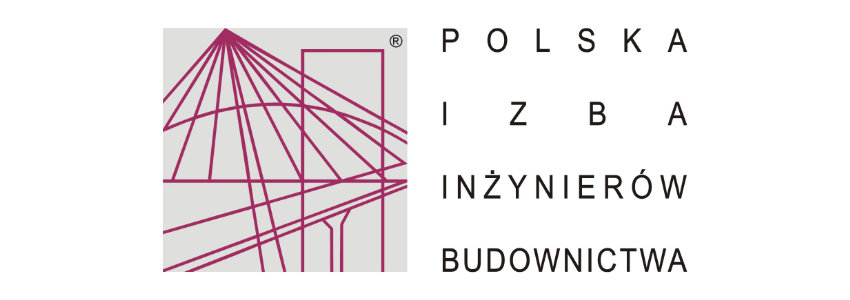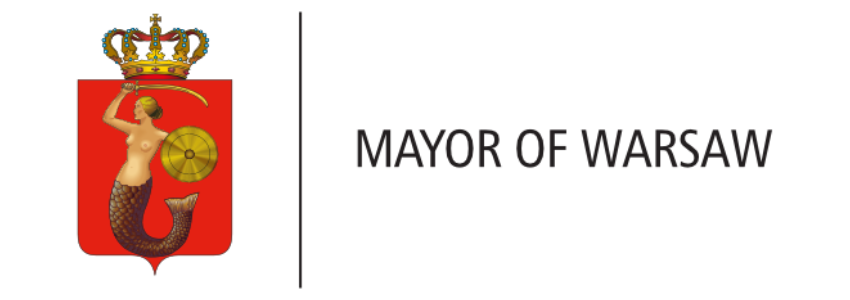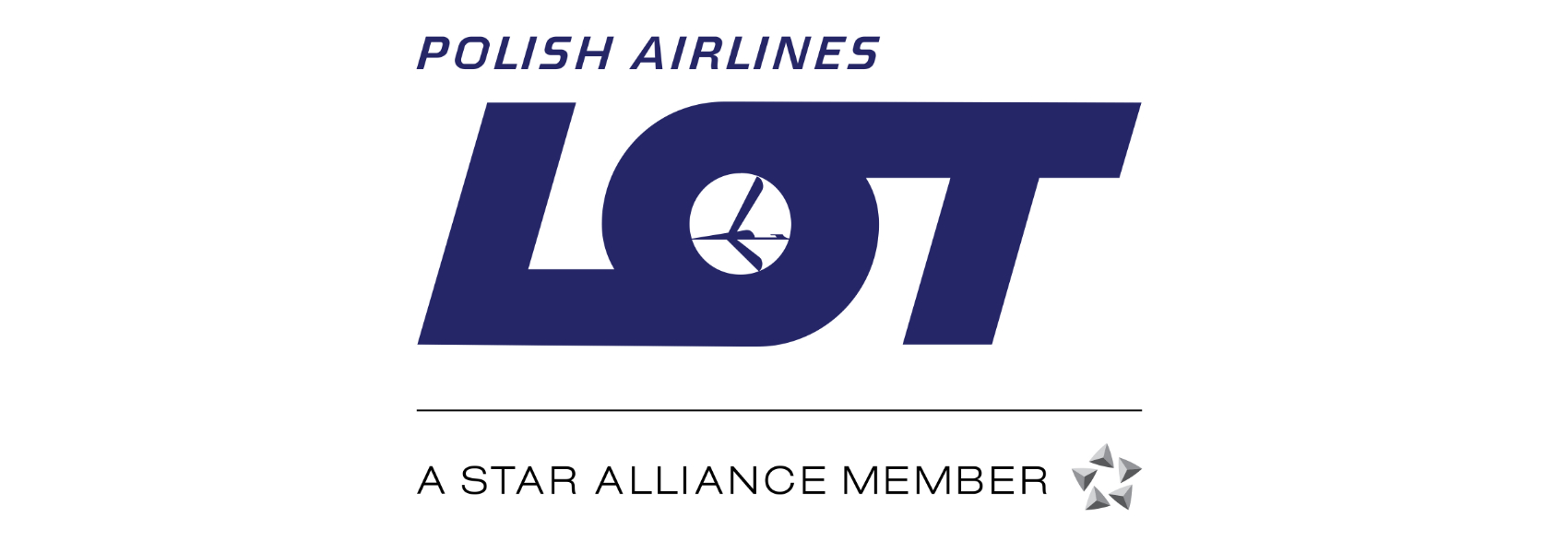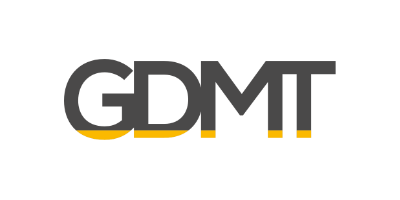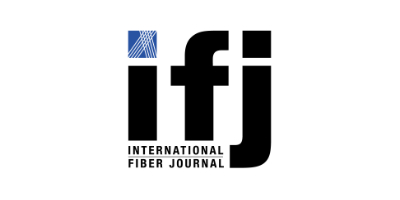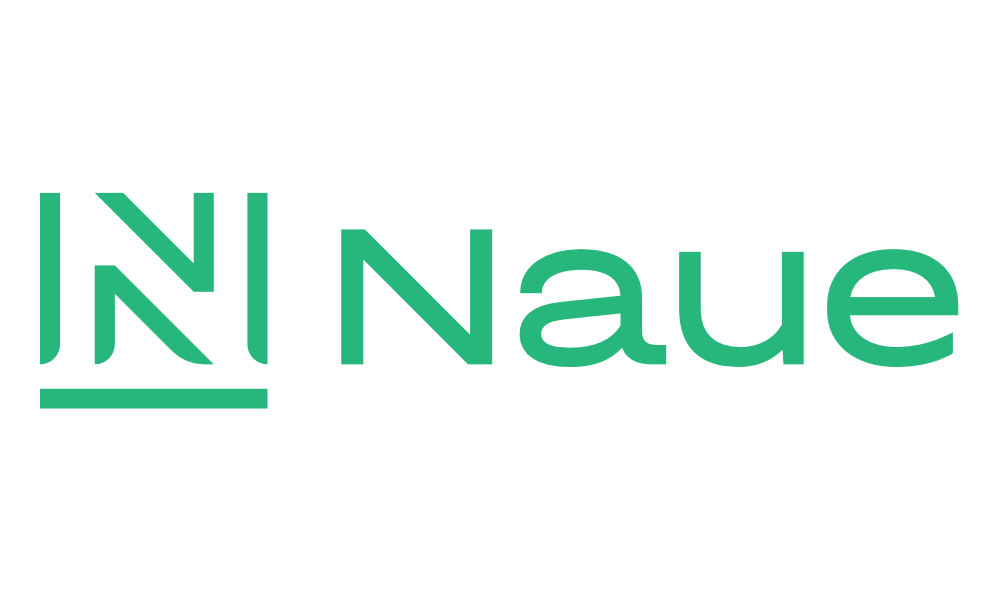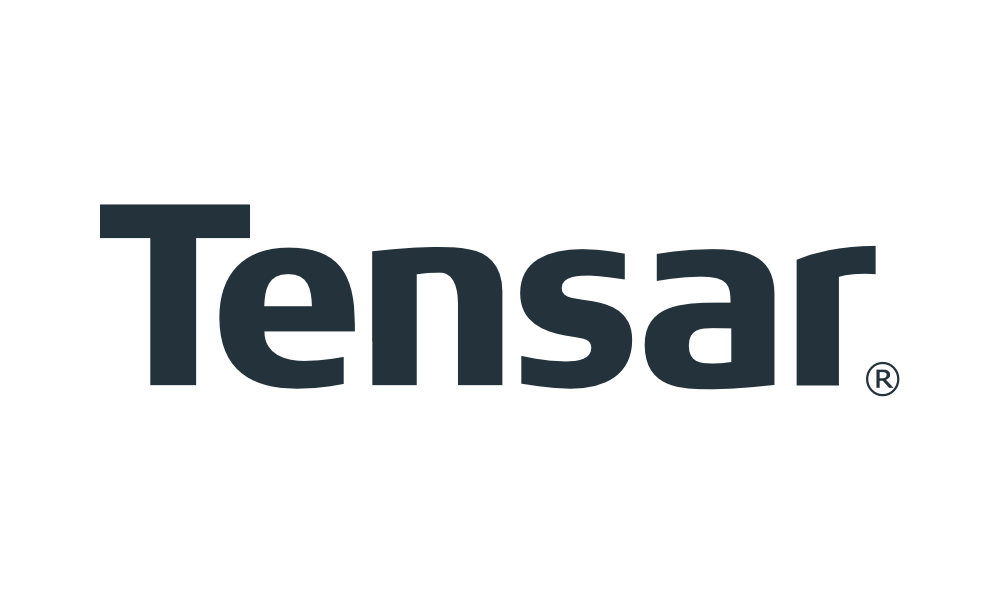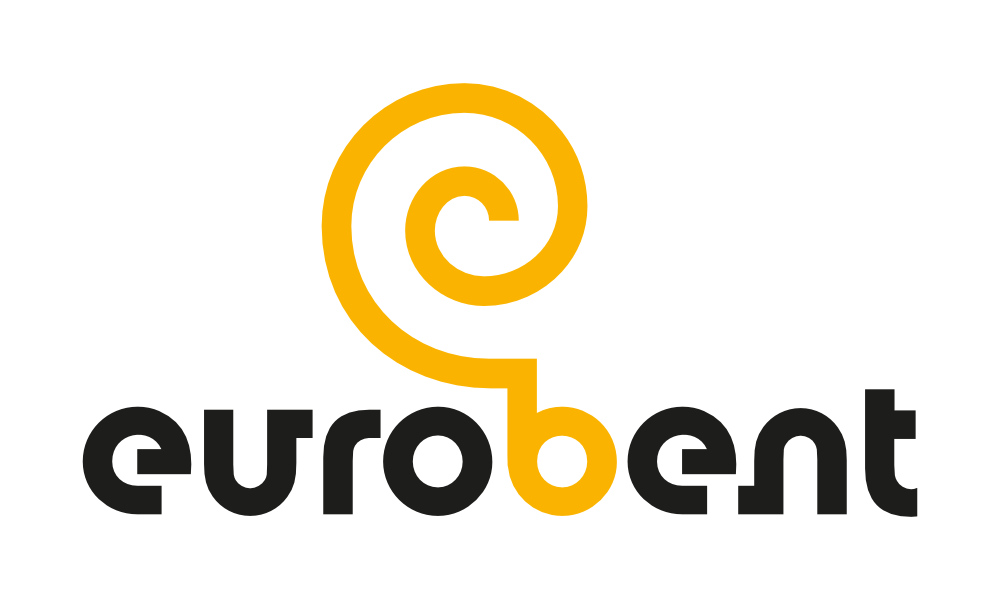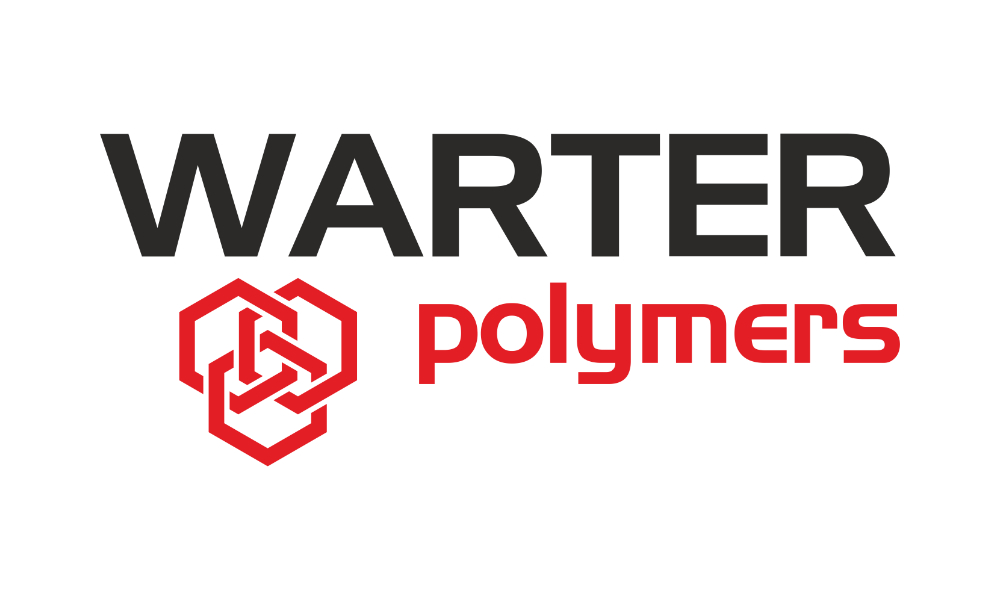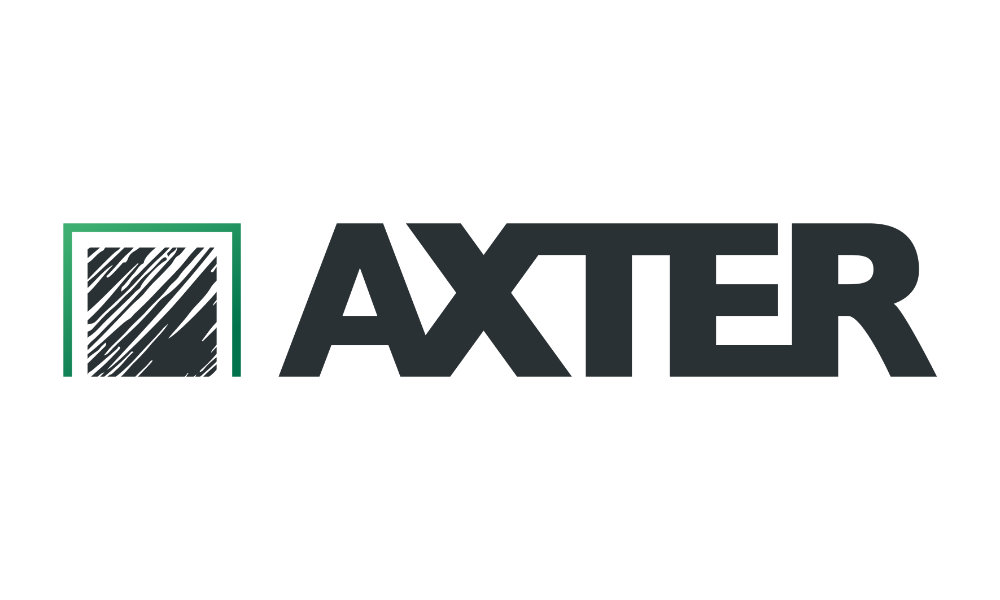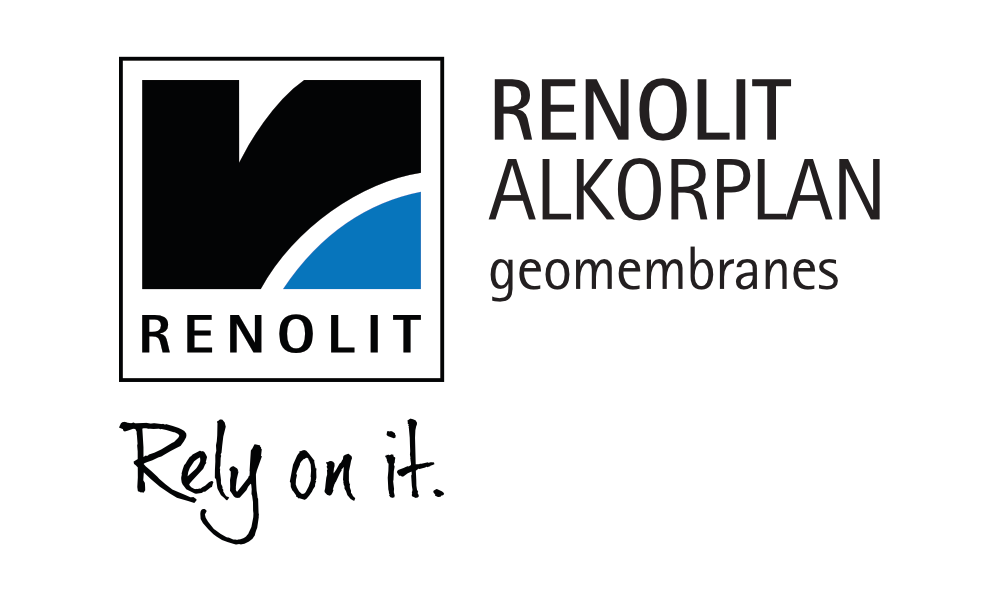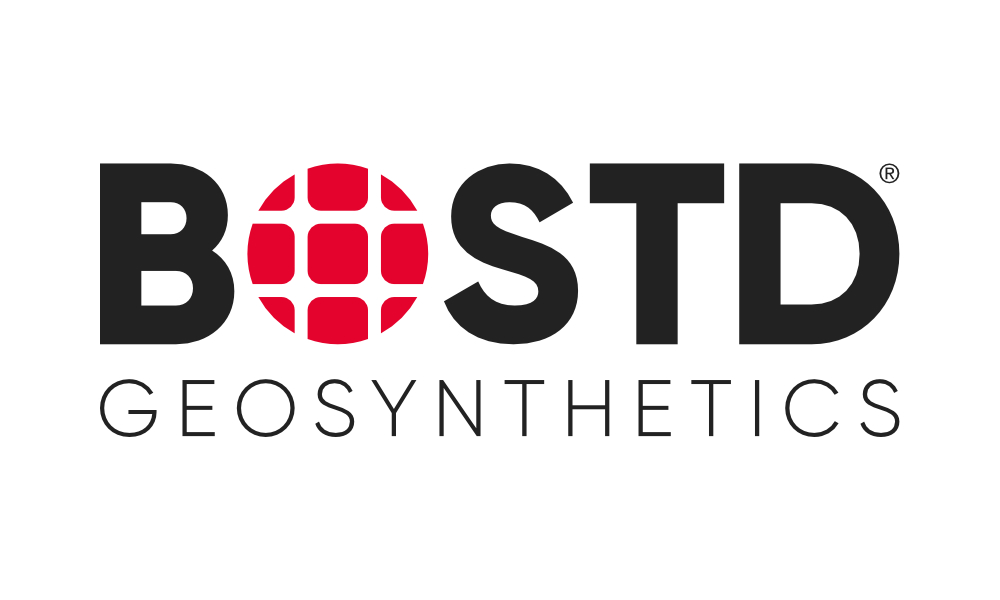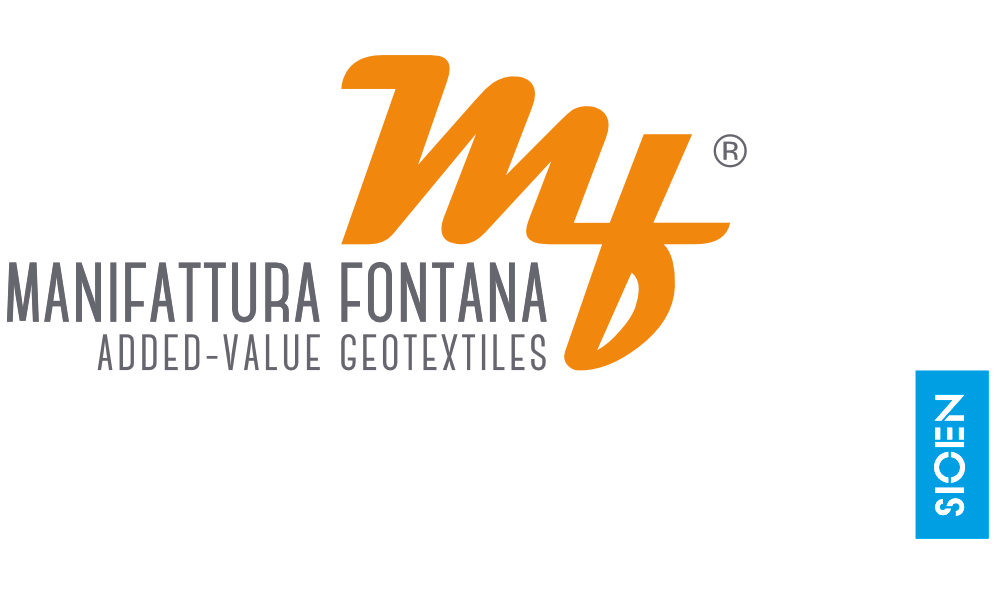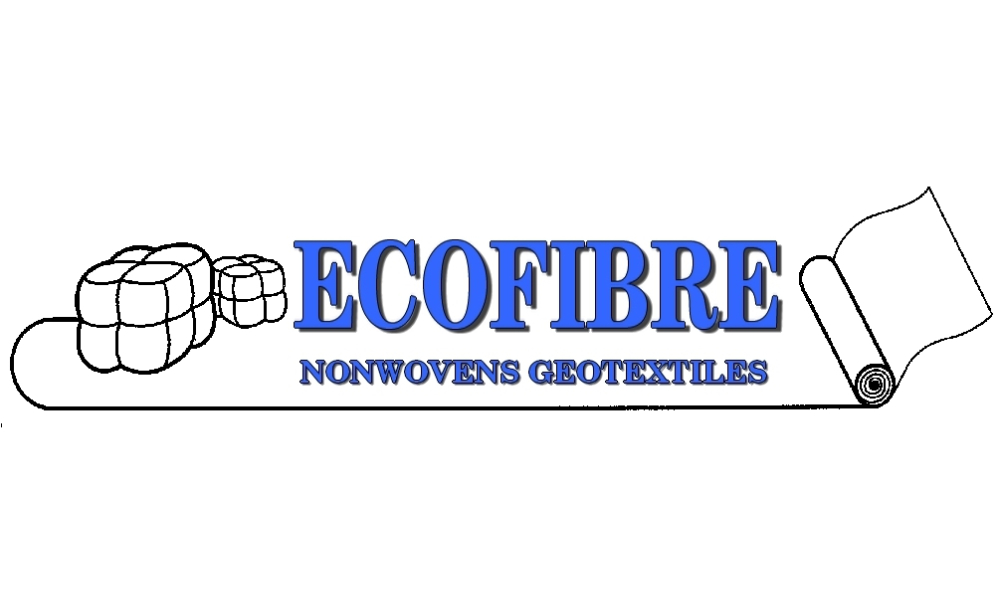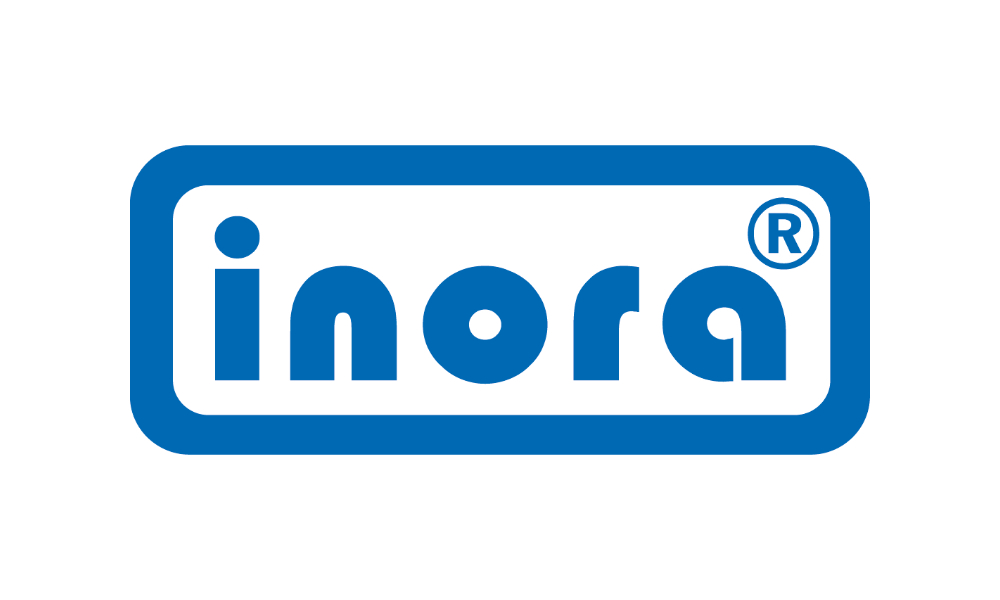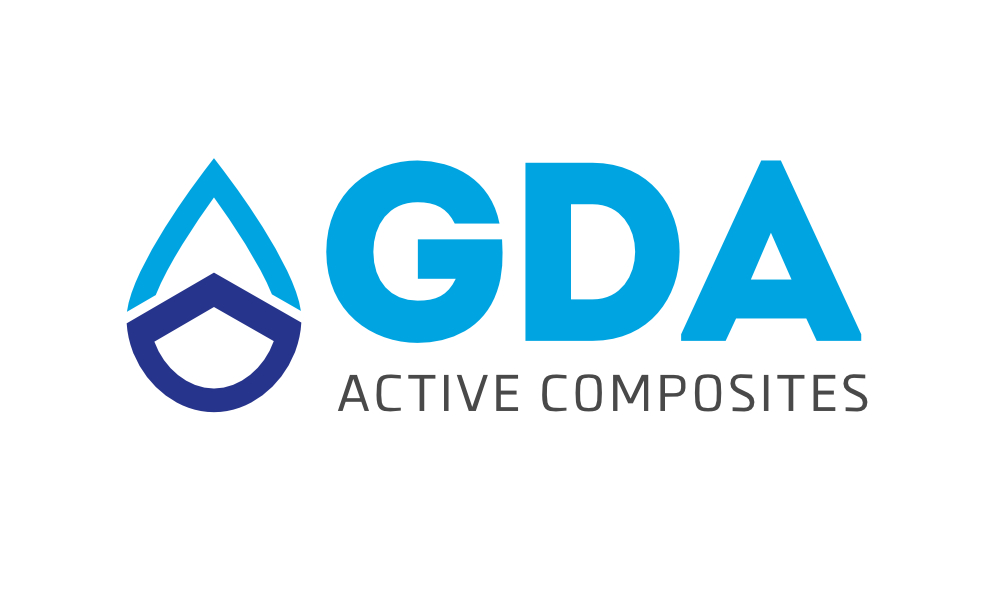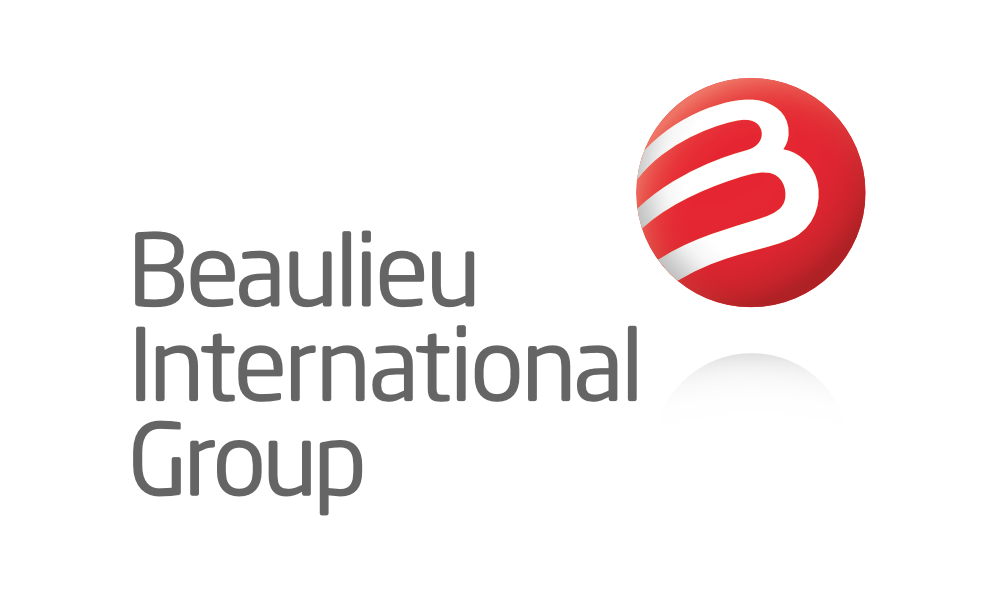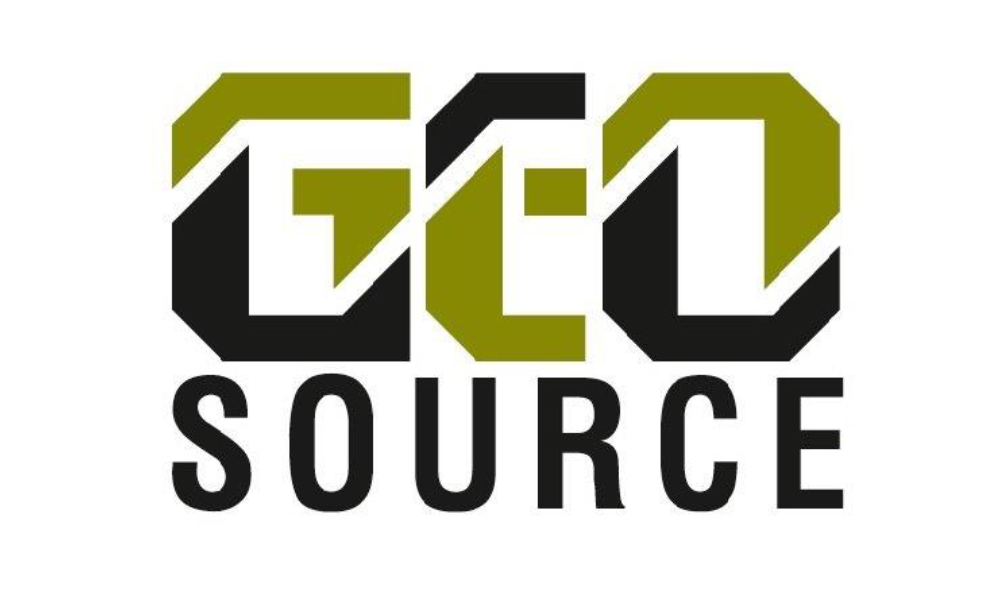LMNS LECTURE – MECHANISMS OF ACTION OF A GEOGRID REINFORCEMENT AT MACRO AND MICRO SCALE
Monday, September 5th, 11:15-12:15
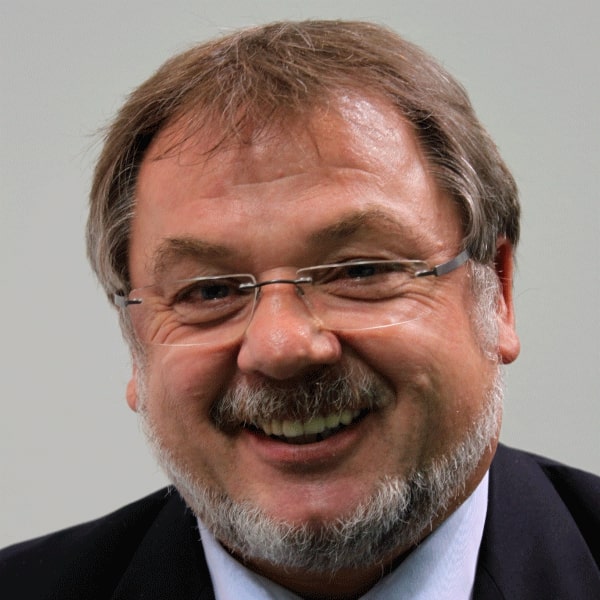
Prof. Dr.-Ing. Martin Ziegler
RWTH Aachen University, Germany
LMNS Lecture – Mechanisms of action of a geogrid reinforcement at macro and micro scale
The interaction behaviour of geogrid-reinforced soil is strongly influenced by the direction of the load transfer between the geogrid and the soil. Depending on the construction and loading, there are different relative displacements between geogrid and soil and thus different force transmission mechanisms like pullout-, pushout- and interlocking mechanism as well as a confining effect. The article gives an overview of the applications with geogrid reinforcements in which the different interaction mechanisms occur and classifies them into a macroscopic and a microscopic view. For experimental verification, an investigation method with transparent soil made of glass granulate is presented, which allows a comprehensive insight into the geogrid-soil contact zone without disturbing the internal structure.
After a 15 year career in a large construction company he was appointed chair of Geotechnical Engineering at RWTH Aachen University. He is the author of more than 200 publications in journal papers and conference proceedings, 1 book and 4 book chapters. His main research fields are geosynthetic reinforcement, tunneling, hydraulic failure, ground freezing and geothermal applications. He is engaged in various national and international standardization committees. He has extensive consulting experience in tunneling and foundation engineering and has acted as court-appointed expert in numerous cases of dispute. In 2015, he was recognized with the award of the Society of the Centre of International Structural and Civil Engineering Law (CBTR). Since July 2004 he has been a member of the advisory board of this Society. Since 2003 he has been chairperson of the board of the Research Association for Tunnels and Transportation Facilities (STUVA) which organizes every 2 years one of the world´s largest tunneling conferences with more than 1800 participants from over 25 countries. Since 2006, he has been a member of the board of the German Geotechnical Society (DGGT) and president of the special section “Geosynthetics in Geotechnics” within this society. He has served as a council member of the IGS since 2008 and as chair of the European Activities Committee since 2010.
DEVELOPMENTS OF GEOSYNTHETIC-REINFORCED SOIL STRUCTURES AND THEIR RAILWAY APPLICATIONS
Monday, September 5th, 12:15-13:15
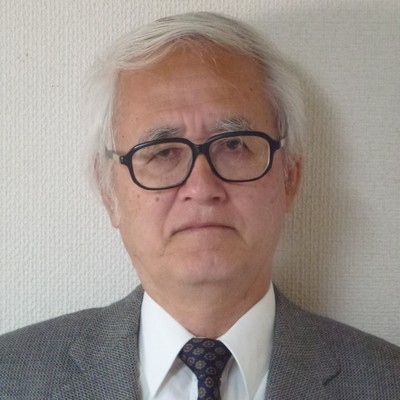
Fumio Tatsuoka
Professor Emeritus of University of Tokyo and Tokyo University of Science
Developments of geosynthetic-reinforced soil structures and their railway applications
The developments of various types of geosynthetic-reinforced soil (GRS) structures for the last about forty years and their applications in the construction of mainly railways, including high-speed trains (Shinkansen), and partly roads and others for the last about thirty years in Japan are described. In the 1980’s, GRS Retaining Wall (RW) with full-height rigid (FHR) facing was developed. The FHR facing is constructed firmly connected to reinforcement layers after the reinforced backfill and subsoil has deformed sufficiently. In the early 1990’s, GRS Bridge Abutment supporting a simple girder at the top of the FHR facing of GRS RW was developed. In the early 2000’s, GRS Integral Bridge was developed, with which both ends of a continuous girder are structurally integrated to the top of the FHR facings of a pair of GRS RWs (without using girder shoes). The total wall length of these GRS structures became more than 190 km by the end of 2019 without any problematic case during and after construction. The use of FHR facing, the staged construction of FHR facing and the structural integration are the three major breakthroughs for the development of these GRS structure technologies.
He received the degree of PhD in Geotechnical Engineering, University of Tokyo 1973 and is Professor Emeritus of University of Tokyo and Tokyo University of Science. He was Vice President, ISSMGE (2001-2005); President, Japanese Geotechnical Society (2007-2008); Vice President, Japanese Society for Civil Engineers (2005-2006); and President, International Geosynthetic Society (2006-2010). He is specialized in the deformation and strength characteristics of geomaterials, ground improvement including soil compaction and geosynthetic-reinforced soil structures. He received 1994 IGS Award; 1996-1997 Mercer Lectureship, 2000 & 2003 Hogentoglar Award, ASTM; 1997 Best Paper Award, the Ground Improvement Journal, ISSMGE: 2007, 2008, 2010 & 2011 Best Paper Award, Geosynthetics International Journal; 2008 Best Paper Award, Geotextiles and Geomembranes Journal; 2011 Bishop Lectureship, ISSMGE and many others. He wrote a number of technical papers in international journals and did a number of invited lectures on Geotechnical Engineering and Geosynthetic Engineering at international conferences.
EXPERIMENTALLY AND MECHANISTICALLY QUANTIFYING THE BENEFITS OF GEOSYNTHETICS IN IMPROVED ROADWAY PERFORMANCE
Monday, September 5th, 14:45-15:45

Prof. Jie Han, Ph.D., PE, F.ASCE
The University of Kansas, USA
Experimentally and Mechanistically Quantifying the Benefits of Geosynthetics in Improved Roadway Performance
Geosynthetics have been successfully used to improve unpaved and paved roadway performance through different mechanisms. Lateral restraint and tensioned membrane are two major mechanisms recognized when geosynthetics are used with aggregate bases over weak subgrade in roadways. These mechanisms often work together in the same application. There have been increased debates on the differences and importance of these mechanisms and how to quantify the benefits of geosynthetics in improved roadway performance through these mechanisms. This presentation will first examine the differences and relationships of these mechanisms, discuss how these mechanisms can be evaluated experimentally and mechanistically, and then present a mechanistic method for quantifying the benefits of geosynthetics in improved roadway performance considering these mechanisms.
Dr. Jie Han is the Glenn L. Parker Professor of Geotechnical Engineering in the Civil, Environmental, and Architectural Engineering Department at the University of Kansas. He received his BS and MS degrees in Geotechnical Engineering from Tongji University in China in 1986 and 1989, respectively and his Ph.D. degree in Civil Engineering from the Georgia Institute of Technology in the USA in 1997. He has gained extensive teaching, research, and consulting experiences in geosynthetics, ground improvement, pile foundations, buried structures, and roadways.
Prof. Han is the sole author of the book entitled “Principles and Practice of Ground Improvement” published by Wiley and has published more than 400 peer-reviewed journal and conference papers. Prof. Han is the current chair of the ASCE Geo-Institute Soil Improvement Committee and the council member of the International Geosynthetics Society. He serves as an associate editor for the ASCE Journal of Geotechnical & Geoenvironmental Engineering and the ASCE Journal of Materials in Civil Engineering, a handling editor for Transportation Research Record, and an editorial board member for several other international journals.
Prof. Han is the instructor for the National Highway Institute in the USA and has been invited to give more than 200 keynote/invited lectures and short courses around the world, including the State of the Practice Lecture at the 21st Annual George F. Sowers Symposium in Atlanta, Georgia in 2018 and the 18th UK IGS Lecture in London in 2018. He has received numerous awards from the profession including but not limited to two US Transportation Research Board Best Paper Awards in 2008 and 2017, the 2011 Shamsher Prakash Prize for Excellence in Practice of Geotechnical Engineering, the 2014 the International Geosynthetics Society Award, the 2017 ASCE Martin S. Kapp Foundation Engineering Award, and the 2018 ASCE Kansas City Section Engineer of Year Award. Prof. Han was elected to the ASCE Fellow in 2014.
GEOSYNTHETICS: HOW CAN THEY HELP IN HYDRAULIC APPLICATIONS?
Monday, September 5th, 15:45-16:45
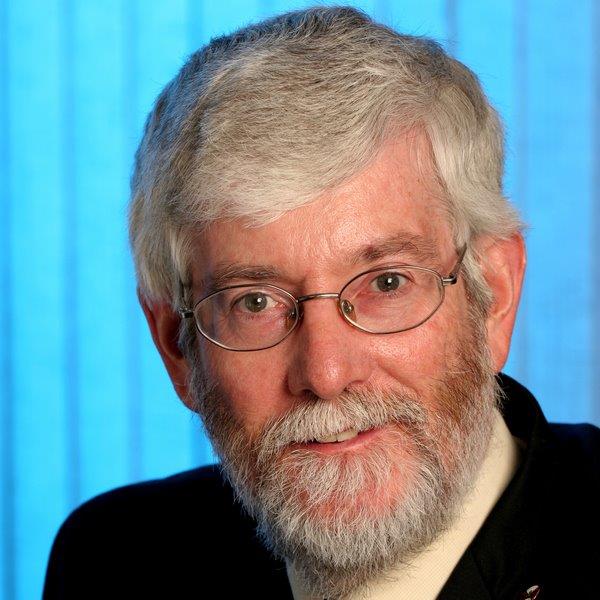
Prof. R. Kerry Rowe
Queens University, Kingston, Canada
Geosynthetics: How can they help in hydraulic applications?
GeoEngineering Centre at Queens-RMC, Queen’s University
Geosynthetics play a critical role in a variety of hydraulic applications. This lecture touches on a few of those applications and discusses the important role played by different geosynthetics. Particular emphasis is placed on the role of geotextiles as filters in canals and dams, and the use of geomembranes (e.g., HDPE/LLDPE, PVC, and BGM) as dam, reservoir, and canal liners.
Dr. Kerry Rowe, OC, FRS, NAE, FREng, FRSC, P.Eng., Queens University, Kingston, Canada
Over the past 45 years, Rowe has gained extensive research and consulting experience in geotechnical, hydrogeological, geosynthetics, soil reinforcement, and geoenvironmental engineering. His work has won numerous awards, and he has been appointed to the world most prestigious scientific and engineering societies. He has given numerous distinguished lectures including the IGS Giroud, BGA Rankine, ISSMGE Casagrande, and the ASCE Karl Terzaghi Lectures. In 2013, the ISSMGE created the R. Kerry Rowe Lecture. Rowe was the 3rd President of the IGS (1990-1994)
GEOSYNTHETICS, SUSTAINABILITY AND CURRENT INDUSTRY CHALLENGES
Tuesday, September 6th, 16:00-17:30

Special Session Organized by
the IGS Officers
Geosynthetics, Sustainability and Current Industry Challenges
Join an international expert panel for an exclusive interactive discussion on the role of geosynthetics in delivering sustainability benefits. The session will also look at the latest global and European legislative developments on sustainability and how these might impact the geosynthetics industry.
Media Endorsement



